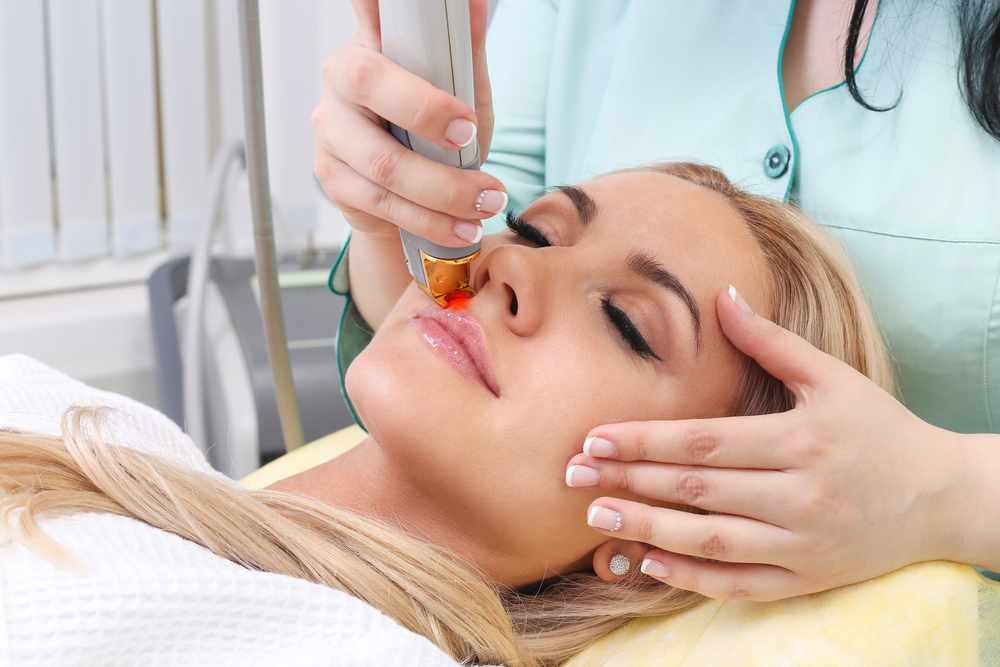Laser hair removal is a popular and effective method for achieving smooth, hair-free skin. However, post-treatment care is crucial to ensure optimal results and to protect your skin from potential side effects. Here’s a comprehensive guide on how to care for your skin after laser hair removal.
Immediate Aftercare
Cool the Area
Right after the treatment, your skin may feel warm and slightly tender. Apply a cool compress or ice pack wrapped in a soft cloth to the treated area to reduce redness and swelling. Avoid applying ice directly to the skin to prevent frostbite.
Avoid Sun Exposure
Your skin will be more sensitive to sunlight after laser hair removal. To prevent hyperpigmentation and other sun-related damage, avoid direct sun exposure for at least two weeks. If you must go outdoors, use a broad-spectrum sunscreen with SPF 30 or higher and wear protective clothing.
Daily Care Routine
Gentle Cleansing
Use a mild, fragrance-free cleanser to wash the treated area. Avoid hot water and opt for lukewarm instead. Pat the skin dry with a soft towel; do not rub or scrub the area.
Moisturize Regularly
Keep your skin hydrated by applying a gentle, fragrance-free moisturizer. This helps to soothe any irritation and prevents dryness. Aloe vera gel is also a good option due to its cooling and healing properties.
Avoid Irritants
For at least 48 hours post-treatment, avoid using any skincare products that contain harsh chemicals, retinoids, or alpha hydroxy acids. These can irritate the skin and hinder the healing process.
Special Considerations
No Hot Baths or Saunas
Avoid hot baths, saunas, and steam rooms for at least 48 hours after the procedure. Heat can exacerbate redness and swelling and may also increase the risk of infection.
Refrain from Physical Activity
Intense exercise can cause sweating and heat, which may irritate the treated area. It’s best to avoid heavy workouts for the first 24-48 hours after your session.
No Waxing or Plucking
Do not wax, pluck, or use any hair removal creams on the treated area between laser sessions. These methods can interfere with the laser treatment process. Shaving is usually permitted, but always consult with your practitioner.
Monitoring and Long-Term Care
Observe Your Skin
Monitor the treated area for any signs of adverse reactions such as severe redness, blistering, or prolonged swelling. If you experience any of these symptoms, contact your dermatologist or laser technician immediately.
Follow Up Appointments
Stick to your follow-up appointment schedule. Multiple sessions are typically needed to achieve the best results, as laser hair removal works best on hairs in the active growth phase.
Long-Term Sun Protection
Even after the initial healing period, continue to protect your skin from the sun. Laser-treated skin can remain sensitive to UV rays for some time, making sun protection an ongoing priority.
Proper aftercare is essential for maximizing the benefits of laser hair removal and ensuring your skin heals smoothly and quickly. By following these guidelines, you can minimize side effects and enjoy the long-lasting results of your treatment. Always follow the specific advice given by your laser technician, as individual needs may vary.
Dietary Considerations
Stay Hydrated
Drinking plenty of water helps keep your skin hydrated from the inside out. Proper hydration supports skin healing and overall health, contributing to better results from your laser hair removal sessions.
Eat a Balanced Diet
A diet rich in vitamins and minerals supports skin health. Vitamins A, C, and E are particularly beneficial for skin repair and regeneration. Incorporate a variety of fruits, vegetables, lean proteins, and healthy fats into your meals to provide your skin with the nutrients it needs.
Handling Side Effects
Managing Redness and Swelling
Redness and swelling are common immediately after laser hair removal. These symptoms usually subside within a few hours to a few days. If necessary, over-the-counter anti-inflammatory medications like ibuprofen can help reduce discomfort. Always consult your doctor before taking any medication.
Dealing with Itching and Dryness
Itching and dryness can occur as your skin heals. Avoid scratching the treated area, as this can cause irritation or infection. Instead, apply a soothing moisturizer or an over-the-counter hydrocortisone cream to alleviate itching. Again, consult your healthcare provider before using any new product on the treated area.
Long-Term Skin Health
Regular Exfoliation
Once your skin has fully healed (typically after a week or two), gentle exfoliation can help prevent ingrown hairs and keep your skin smooth. Use a mild exfoliant to avoid irritating the skin.
Consistent Skincare Routine
Maintaining a consistent skincare routine tailored to your skin type helps keep your skin healthy in the long run. Use gentle, non-comedogenic products that won’t clog pores or irritate the skin.
Professional Guidance
Consult Your Practitioner
If you have any questions or concerns about your skin’s reaction to laser hair removal, don’t hesitate to reach out to your practitioner. They can provide personalized advice and recommend products specifically suited to your skin’s needs.
Follow Professional Advice
Adhering to the aftercare instructions provided by your laser technician or dermatologist is crucial. They understand your skin’s unique characteristics and can offer guidance tailored to your specific situation.
Additional Tips
Wear Loose Clothing
Tight clothing can rub against the treated area and cause irritation. Opt for loose, breathable fabrics to allow your skin to heal without friction.
Stay Cool
Avoid activities or environments that can cause excessive sweating or heat exposure, such as hot yoga or sunbathing. Keeping your skin cool helps reduce the risk of irritation and promotes faster healing.
Caring for your skin after laser hair removal is essential for achieving the best possible results and maintaining healthy, smooth skin. By following these aftercare tips and being mindful of your skin’s needs, you can enjoy the benefits of laser hair removal while minimizing any potential side effects. Always remember that individual experiences may vary, so it’s important to listen to your body and seek professional advice when necessary.








